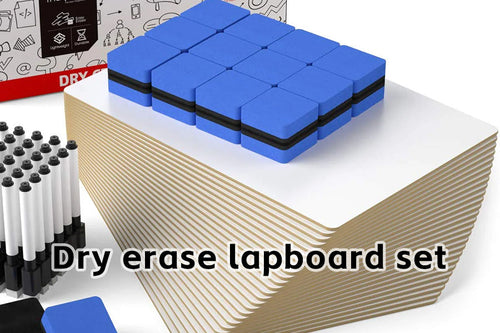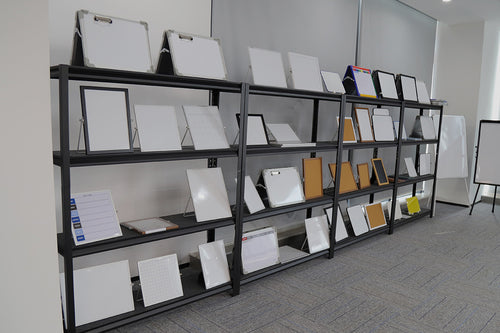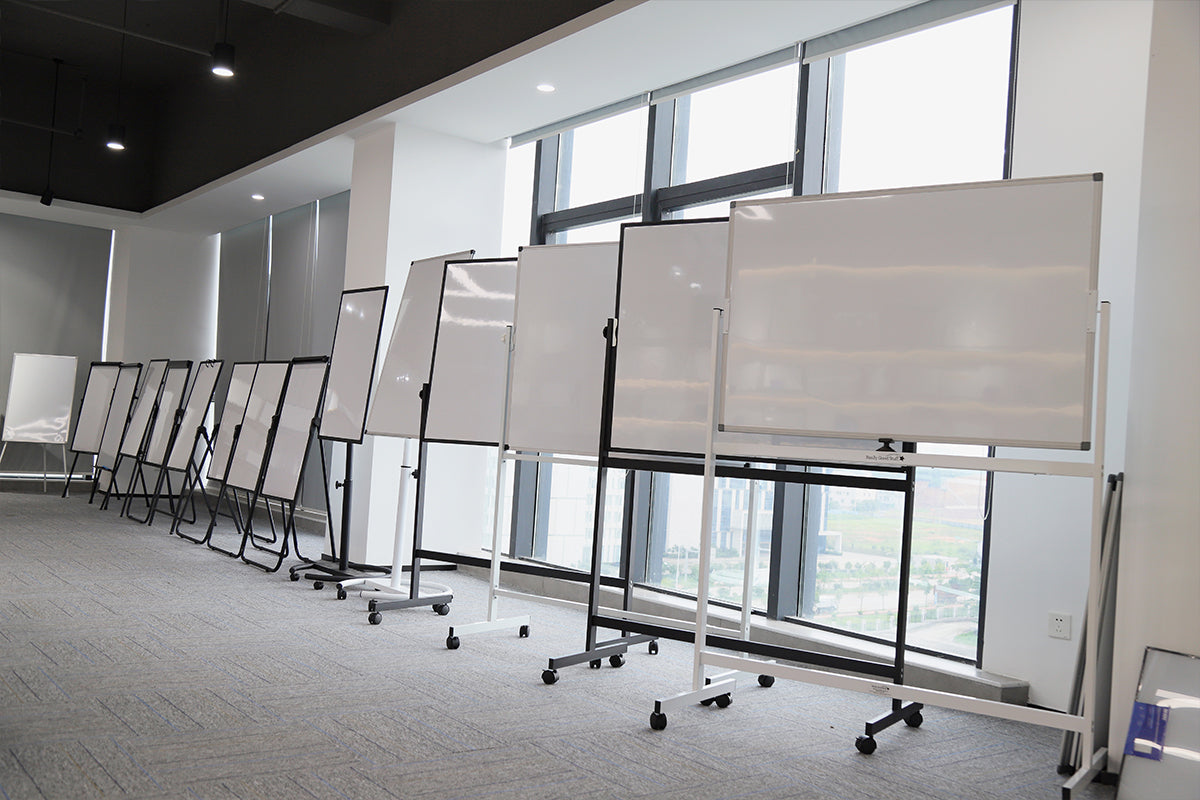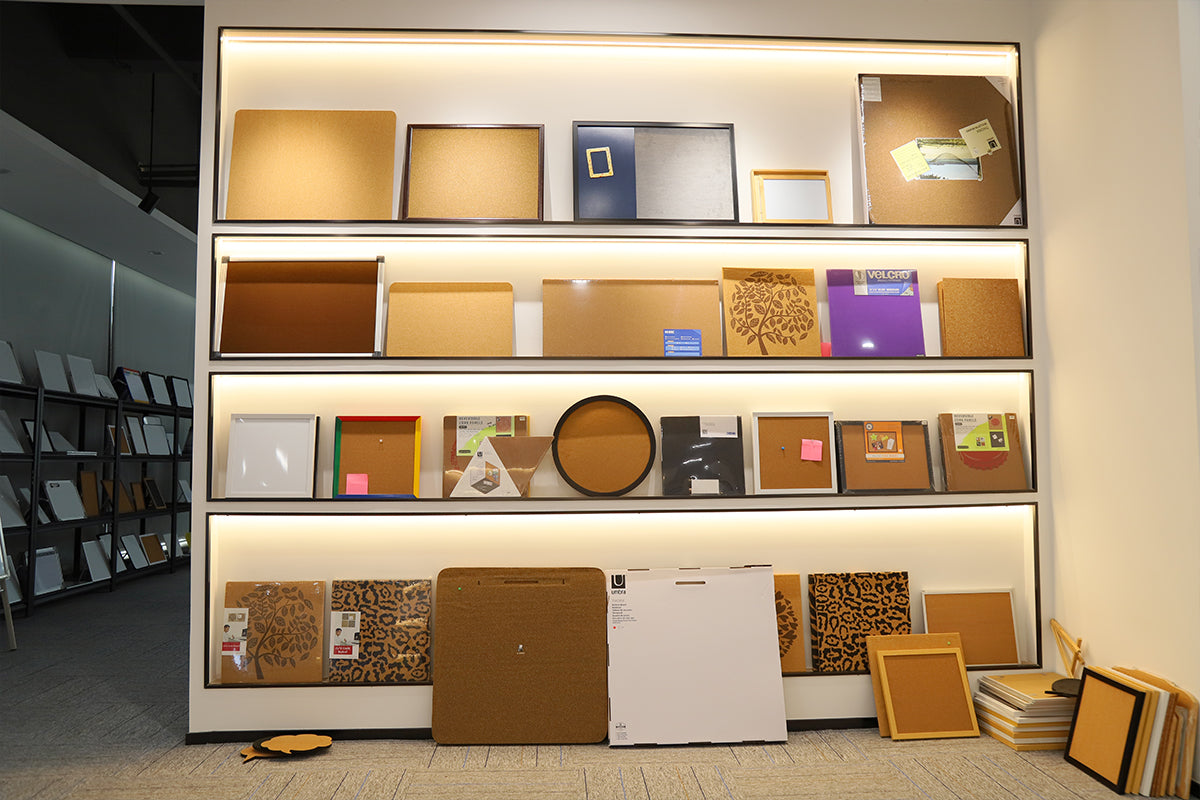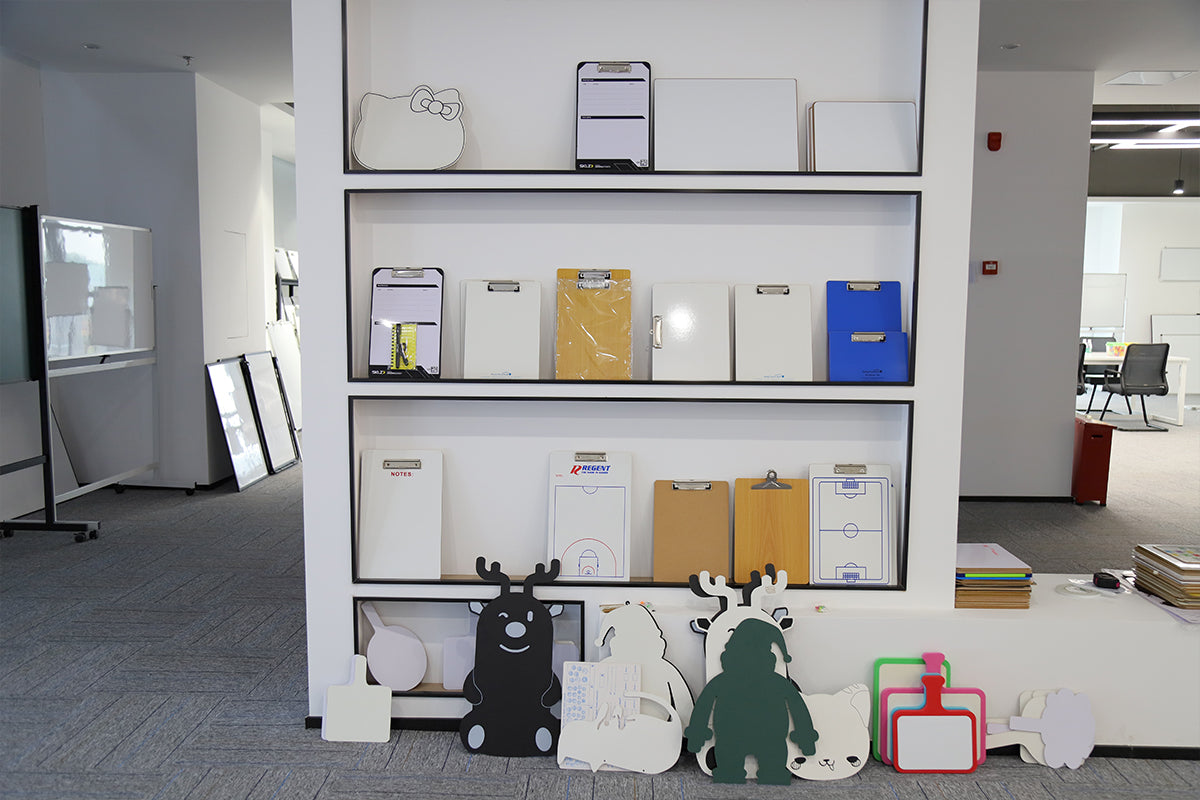What are the characteristics and main functions of whiteboard for kids
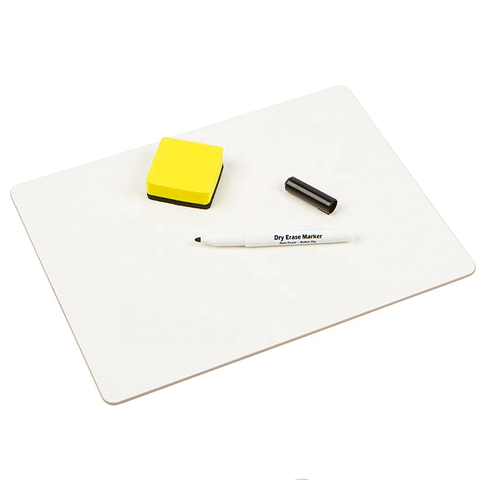
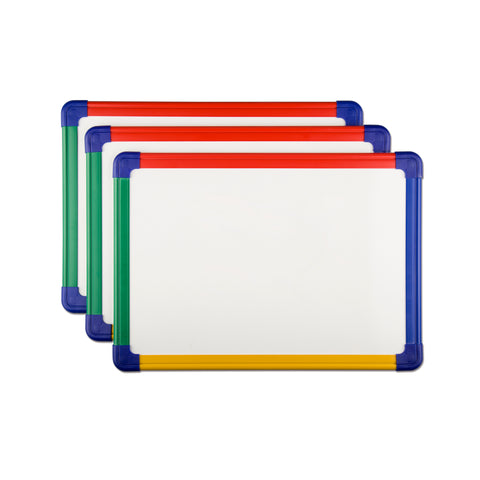
-
Learning Basics: Start by including the alphabet, numbers, and basic shapes on the whiteboard. This will help kids familiarize themselves with these fundamental concepts.
-
Colors: Introduce various colors by drawing objects in different shades. Encourage kids to identify and name the colors while pointing at each object.
-
Drawings and Illustrations: Create fun and engaging drawings of animals, plants, objects, and scenes that are appealing to children. These drawings can be used to teach vocabulary or encourage storytelling.
-
Interactive Games: Develop interactive games on the whiteboard that help kids learn while having fun. For example, you can create a game where they have to match colors or shapes, complete patterns, or identify missing letters.
-
Word Building: Use the whiteboard to teach basic spelling and word-building skills. Break down words into syllables or letter groups and encourage kids to spell them out using magnetic letters or by writing directly on the whiteboard.
-
Math Practice: Incorporate simple math problems, such as addition and subtraction, on the whiteboard. Teach and reinforce mathematical concepts through interactive exercises.
-
Time and Calendar: Introduce the concept of time, days of the week, and months of the year on the whiteboard. Include a section where kids can practice reading and identifying specific dates.
-
Stories and Story Starters: Use the whiteboard to display story starters or prompts that can inspire kids to create their own stories. Encourage them to draw illustrations alongside their narratives.
-
Puzzles and Brain Teasers: Display puzzles, riddles, or brain teasers that promote critical thinking and problem-solving skills. Encourage kids to solve them and write their answers on the whiteboard.
-
Music and Art Appreciation: Dedicate a section of the whiteboard to introduce and explore different music or art styles. Display paintings, play music samples, or teach basic rhythm patterns.
Remember to make the content visually appealing, engaging, and interactive to make the whiteboard experience enjoyable for kids.

